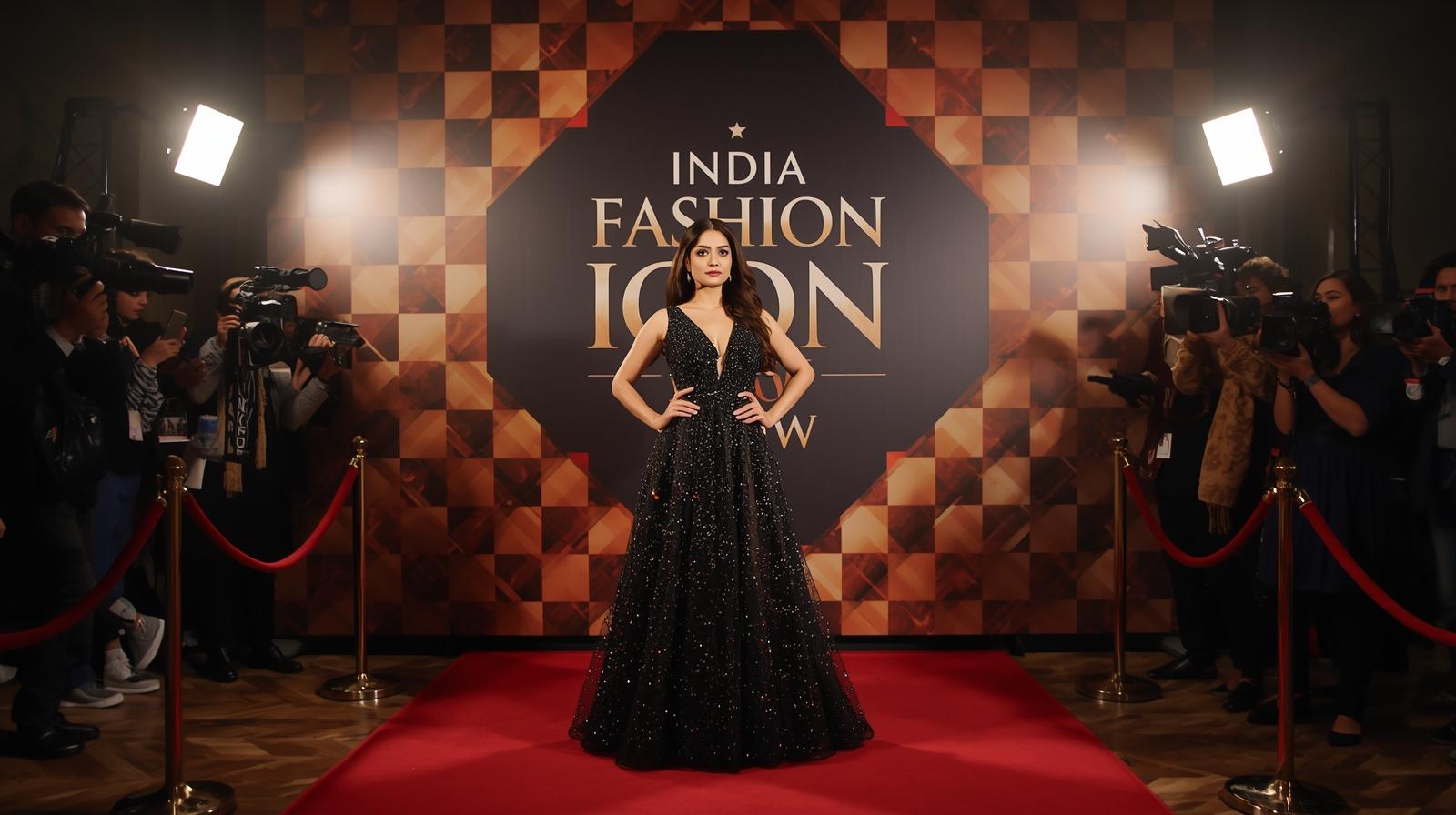Harri KS, born Harikrishnan Keezhathil Surendran Pillai, has become one of the most striking creative forces in contemporary fashion. Known for his audacious inflatable couture and exaggerated silhouettes, Harri’s work refuses to be confined by convention. His designs blur the line between art, architecture, and fashion, making every creation a sculptural statement.
Harri made an unforgettable entrance into the global fashion scene in 2020 with his now-iconic latex trousers—an avant-garde experiment that sparked conversation across the world. Ever since, he has been redefining what fashion can express, using form and movement as his language of choice.
From Bodybuilding to the Runway
Harri’s journey into fashion is anything but ordinary. Before enrolling in the London College of Fashion, a discipline that gave him a unique understanding of anatomy, proportion, and the human form. This background profoundly influences his approach to design.
He doesn’t just create garments; he engineers them. For Harri, the body is not merely a canvas but an integral part of the design process. “I visualise forms in my head and then engineer them through clothes,” he explains. This process-oriented vision has allowed him to craft silhouettes that expand, contract, and reshape space—turning fashion into a dynamic performance of form.
Engineering Fashion as an Experience
Harri’s approach to design lies at the intersection of fashion and technology. He sees clothing as a living structure—something that interacts with its wearer and environment. His inflatable designs, for instance, challenge our ideas about volume, movement, and presence.
Rather than chasing trends, Harri focuses on creating immersive experiences. Each piece reflects meticulous craftsmanship and an understanding of material science. His work exemplifies how engineering and emotion can coexist—how structure can serve storytelling. Through experimentation with latex, air, and proportion, Harri invites audiences to see garments not as static objects but as evolving entities.
A Global Perspective Rooted in Memory
Beneath his futuristic designs lies a deeply personal narrative. Harri’s aesthetic is shaped by his memories of migration—from Kerala to Bangalore, Delhi, and ultimately London. Each city, each culture, has left an imprint on his vision.

 info@indiafashionicon.com
info@indiafashionicon.com









